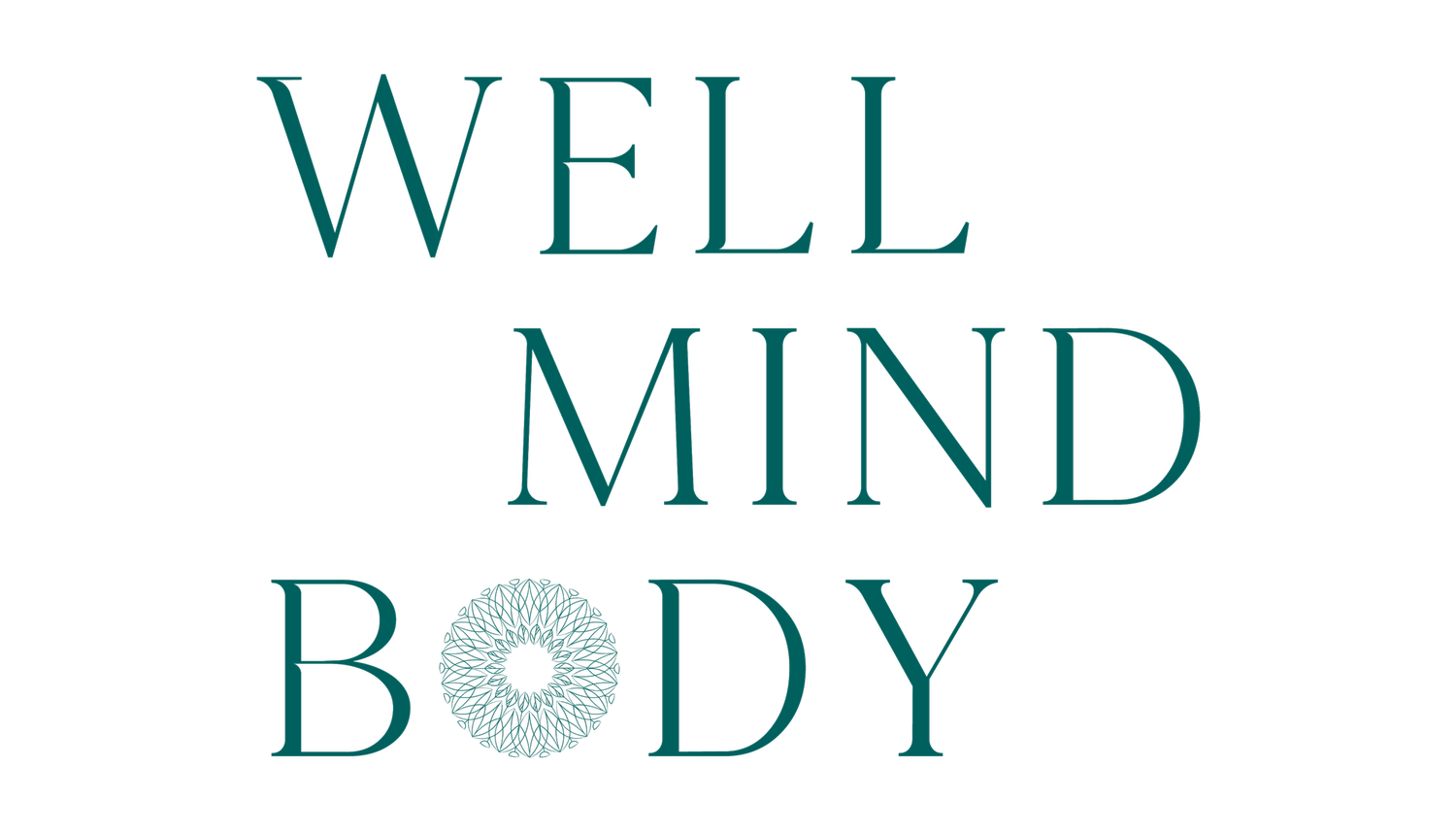Impact of Food Dyes on Mental Health
When it comes to nutrition, most of us focus on calories, fat content, and sugar levels. However, a growing body of research suggests we should also pay attention to something far less obvious: artificial food dyes. Found in everything from brightly colored candies to cereals, drinks, and even savory snacks, these synthetic additives are designed to make food visually appealing. But at what cost to our mental and physical health?
Recently, the FDA announced a ban on Red Dye No. 3 due to its link to cancer in animal studies, adding to growing concerns about artificial dyes. While this is a step in the right direction, many other synthetic dyes remain widely used in the U.S., despite being restricted or banned in other countries.
Let’s explore what artificial food dyes are, how they impact mental health, and what you can do to make healthier choices.
What Are Artificial Food Dyes?
Artificial food dyes are synthetic colors made from petroleum-derived chemicals that enhance the visual appeal of processed foods. Some of the most common examples include:
Red No. 40 (Allura Red) – Found in candies, sodas, and baked goods. Linked to hyperactivity and allergic reactions.
Yellow No. 5 (Tartrazine) – Used in chips, cereals, and beverages. May cause behavioral changes and migraines.
Yellow No. 6 (Sunset Yellow) – Found in snacks, desserts, and sauces. Banned in some countries due to health concerns.
Blue No. 1 (Brilliant Blue) – Common in ice creams, cereals, and beverages. May cause allergic reactions.
Blue No. 2 (Indigo Carmine) – Used in candies and cereals. Some research suggests it affects neurological function.
Green No. 3 (Fast Green) – Found in jellies, sauces, and beverages.
Orange B – Used in sausage casings.
Citrus Red No. 2 – Used to color orange peels but is banned in many other countries.
While these dyes remain widely used in the U.S., they have been banned or heavily restricted in Europe, the UK, and Canada due to safety concerns.
The FDA Ban on Red Dye No. 3: What You Need to Know
In January 2024, the FDA announced a ban on Red Dye No. 3 in food and drinks due to its link to thyroid cancer in animal studies. This follows decades of research showing the potential health risks of synthetic dyes, particularly in children.
Why Was It Banned?
Linked to cancer in lab studies, leading to its prohibition in cosmetics since 1990.
Growing consumer demand for natural alternatives pushed the FDA to take action.
The EU and other countries already restrict artificial dyes, making the U.S. slow to act.
What Foods Contain Red Dye No. 3?
Despite the ban, it’s still found in:
Candies
Processed snack cakes
Artificially flavored sodas
Some fruit-flavored cereals
Medications and vitamins
Food manufacturers are expected to reformulate products in response, but other synthetic dyes like Red No. 40 remain widely used.
How Artificial Food Dyes Impact Mental Health
Beyond physical health concerns, artificial dyes have been linked to neurological and behavioral effects, particularly in children and those with ADHD.
Hyperactivity & ADHD: Multiple studies suggest that Red No. 40, Yellow No. 5, and Blue No. 1 may exacerbate hyperactivity, impulsivity, and inattention. Some children diagnosed with ADHD experience noticeable symptom improvement when these dyes are eliminated from their diet (Stevens et al., 2013).
Mood Swings & Anxiety: Dyes may disrupt neurotransmitters like dopamine and serotonin, contributing to irritability, restlessness, and anxiety (Arnold et al., 2012).
Cognitive Impairment: Some research suggests that synthetic dyes can reduce focus, memory retention, and cognitive function. Studies have also shown that they may cross the blood-brain barrier, affecting brain activity (Bateman et al., 2004).
Inflammation & Brain Chemistry Disruption: Artificial dyes may trigger neuroinflammation and oxidative stress, which can negatively affect mood regulation and cognitive processing (Kamel & El-lethey, 2011).
Steps to Reduce Artificial Dye Exposure
If you want to limit artificial dye intake, consider these steps:
Read Labels Carefully – Look for Red No. 3, Red No. 40, Yellow No. 5, and other synthetic dyes in ingredient lists.
Choose Natural Alternatives – Opt for foods colored with beet juice, turmeric, spirulina, and paprika extract.
Eat Whole Foods – Unprocessed, nutrient-rich foods are naturally dye-free.
Support Brands Making Changes – Many companies are already phasing out artificial dyes in response to consumer demand.
Final Thoughts: What This Means for You
The FDA’s ban on Red Dye No. 3 marks a shift toward safer, more transparent food regulations. However, many synthetic dyes remain in the U.S. food supply, raising concerns about their long-term effects on mental and physical health.
At Well Mind Body, we believe that what you put into your body affects your mind. If you’re interested in learning more about nutritional psychiatry, functional lab testing, or integrative mental health care, we’re here to support you.
References:
Arnold, L. E., Lofthouse, N., & Hurt, E. (2012). Artificial food colors and attention-deficit/hyperactivity symptoms: Conclusions to dye for. Neurotherapeutics, 9(3), 599-609. https://doi.org/10.1007/s13311-012-0133-x
Bateman, B., Warner, J. O., Hutchinson, E., Dean, T., Rowlandson, P., Gant, C., Grundy, J., Fitzgerald, C., & Stevenson, J. (2004). The effects of a double-blind, placebo-controlled, artificial food colorings and benzoate preservative challenge on hyperactivity in a general population sample of preschool children. Archives of Disease in Childhood, 89(6), 506-511. https://doi.org/10.1136/adc.2003.031435
Kamel, M. M., & El-lethey, H. S. (2011). The effects of synthetic food colorants and/or flavor additives on behavioral changes and biochemical parameters in rats. Life Science Journal, 8(3), 283-292.
Stevens, L. J., Kuczek, T., Burgess, J. R., Hurt, E., & Arnold, L. E. (2013). Dietary sensitivities and ADHD symptoms: Thirty-five years of research. Clinical Pediatrics, 50(4), 279-293. https://doi.org/10.1177/0009922810384728
